In First Grade Jessica Meir Made A Drawing Of Herself Standing On The Moon. Turns Out She Underestimated

In first grade Jessica Meir made a drawing of herself standing on the moon. Turns out she underestimated her own ambition: Today, at 38, Meir could become the first human to touch down on an even farther destination: Mars. A next step for man? Yes, and a giant leap for womankind.
The mission itself is at least 15 years away—it will take that long to build and test every last piece of equipment. But it’s already the most hotly anticipated space-exploration effort ever. Governments around the world—in China, Europe, and Russia—have plans in the works to at least land robots on Mars, while in the U.S., private companies like SpaceX are partnering with NASA on a human mission and plotting their own commercial trips. And unlike the 1960s race to the moon, this time women are playing pivotal roles—building rockets, designing space suits, and controlling the remote rovers that are already sending momentous insights back from Mars.
A human landing will not, to put it mildly, be easy. The shortest route to our planetary neighbor is 35 million miles. Just getting there will take six to nine months; a round-trip, two to three years. “This will be the longest, farthest, and most ambitious space-exploration mission in history,” says Dava Newman, Ph.D., NASA’s deputy administrator. Once they’ve landed, the astronauts will have to navigate giant dust storms, temperatures that can plummet to minus 284 degrees Fahrenheit in winter, and an atmosphere filled with cancer-causing galactic radiation. If their equipment fails? NASA won’t hear an SOS for 10 minutes. And there’s no turning back. “It’s not like the moon; that’s a three-day trip,” says Jason Crusan, director of advanced exploration systems at the agency. “When you go to Mars, you’re going. You can’t abort.”
And yet the pull is irresistible: The rovers have revealed a land of swooping red dunes and craters. Evidence of water—not just ice, but actual flowing water—has surfaced, and water is often considered a sign of possible life. “Mars can teach us so much about the past, present, and future of our own planet,” says Meir. “That’s a phenomenal thing.”
Also phenomenal? For the first time NASA’s latest class of astronauts is 50 percent female. A fearless group, Meir and her colleagues Anne McClain, 36, Christina Hammock Koch, 37, and Nicole Aunapu Mann, 38, have already flown combat missions in Iraq, braved the South Pole, and dived under thick layers of ice in Antarctica. Last fall they gave Glamour exclusive access to watch them train at NASA’s facilities in Houston—and talked about their epic adventure.
Continue Reading.
More Posts from Inter-stellxr-blog and Others

Funky Light Signal From Colliding Black Holes Explained
Entangled by gravity and destined to merge, two candidate black holes in a distant galaxy appear to be locked in an intricate dance. Researchers using data from NASA’s Galaxy Evolution Explorer (GALEX) and NASA’s Hubble Space Telescope have come up with the most compelling confirmation yet for the existence of these merging black holes and have found new details about their odd, cyclical light signal.
The candidate black hole duo, called PG 1302-102, was first identified earlier this year using ground-based telescopes. The black holes are the tightest orbiting pair detected so far, with a separation not much bigger than the diameter of our solar system. They are expected to collide and merge in less than a million years, triggering a titanic blast with the power of 100 million supernovae.
Researchers are studying this pair to better understand how galaxies and the monstrous black holes at their cores merge – a common occurrence in the early universe. But as common as these events were, they are hard to spot and confirm.
PG 1302-102 is one of only a handful of good binary black hole candidates. It was discovered and reported earlier this year by researchers at the California Institute of Technology in Pasadena, after they scrutinized an unusual light signal coming from the center of a galaxy. The researchers, who used telescopes in the Catalina Real-Time Transient Survey, demonstrated that the varying signal is likely generated by the motion of two black holes, which swing around each other every five years. While the black holes themselves don’t give off light, the material surrounding them does.
In the new study, published in the Sept. 17 issue of Nature, researchers found more evidence to support and confirm the close-knit dance of these black holes. Using ultraviolet data from GALEX and Hubble, they were able to track the system’s changing light patterns over the past 20 years.
What’s causing the changes in light? One set of changes has to do with the “blue shifting” effect, in which light is squeezed to shorter wavelengths as it travels toward us in the same way that a police car’s siren squeals at higher frequencies as it heads toward you. Another reason has to do with the enormous speed of the black hole.
[Continue Reading→]

This is what happens when Two Black Holes Collide.
This is the animation of the final stages of a merger between two black holes. What is particularly interesting about this animation is that it highlights a phenomenon known as Gravitational Lensing.
What is Gravitational Lensing?
Mass bends Light. What?
Yeah, mass can bend Light. The gravitational field of a really massive object is super strong. And this causes light rays passing close to that object to be bent and refocused somewhere else.

The more massive the object, the stronger its gravitational field and hence the greater the bending of light rays - just like using denser materials to make optical lenses results in a greater amount of refraction.
Here’s an animation showing a black hole going past a background galaxy.

This effect is one of the predictions of Einstein’s Theory of General Relativity
PC: cfhtlens, Urbane Legend
his voice sounds so animated and he’s so cute i want to hug him for a long time

Geophysicists call it the new core paradox: They can’t quite explain how the ancient Earth could have sustained a magnetic field billions of years ago, as it was cooling from its fiery birth.
Now, two scientists have proposed two different ways to solve the paradox. Each relies on minerals crystallizing out of the molten Earth, a process that would have generated a magnetic field by churning the young planet’s core. The difference between the two explanations comes in which particular mineral does the crystallizing.
Silicon dioxide is the choice of Kei Hirose, a geophysicist at the Tokyo Institute of Technology who runs high-pressure experiments to simulate conditions deep within the Earth. “I’m very confident in this,” he reported on 17 December at a meeting of the American Geophysical Union in San Francisco, California.
But David Stevenson, a geophysicist at the California Institute of Technology in Pasadena, says that magnesium oxide — not silicon dioxide — is the key to solving the problem. In unpublished work, Stevenson proposes that magnesium oxide, settling out of the molten early Earth, could have set up the buoyancy differences that would drive an ancient geodynamo.
The core paradox arose in 2012, when several research teams reported that Earth’s core loses heat at a faster rate than once thought1, 2. More heat conducting away from the core means less heat available to churn the core’s liquid. That’s important because some studies suggest Earth could have had a magnetic field more than 4 billion years ago — just half a billion years after it coalesced from fiery debris swirling around the newborn Sun. “We need a dynamo more or less continuously,” Peter Driscoll, a geophysicist at the Carnegie Institution for Science in Washington DC, said at the meeting.
Continue Reading.




Kennedy Space Center | by North Sky Photography
Facebook | Instagram | 500px | Tumblr | Society 6

reblog if you want anons but in reality no one is going to send you anything and will just reblog this
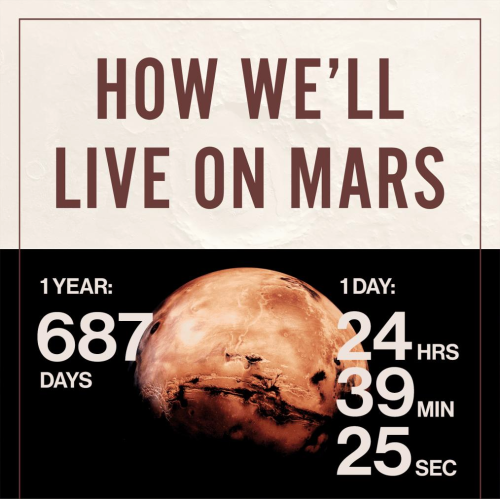
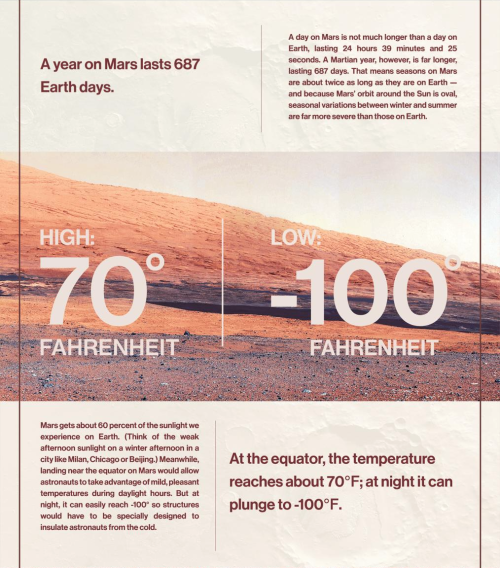
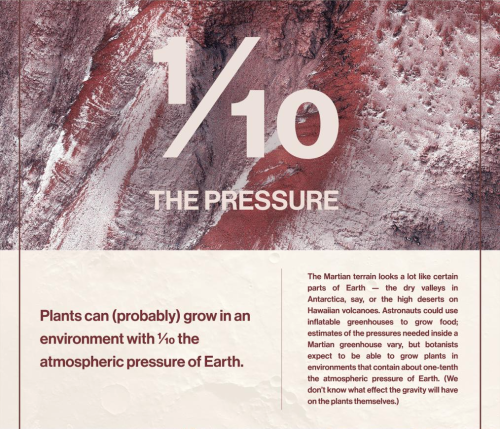
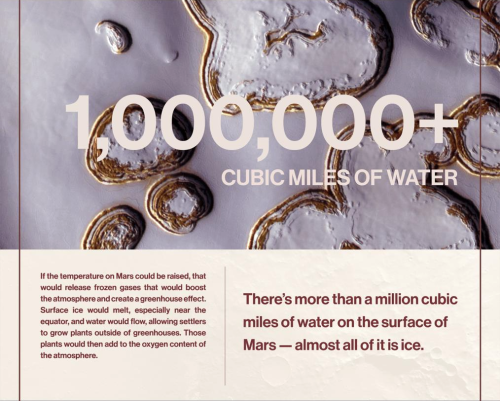

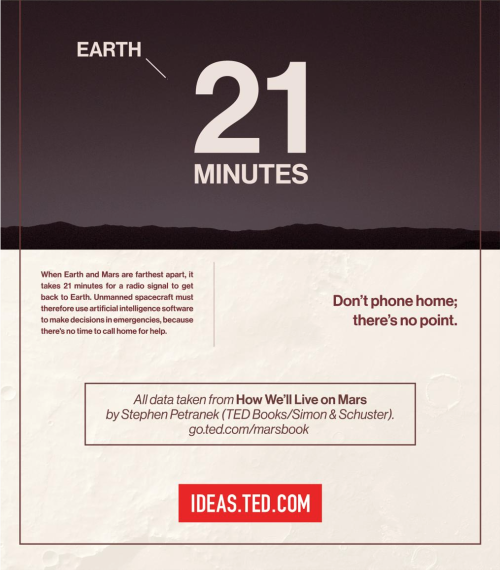
Life on Mars
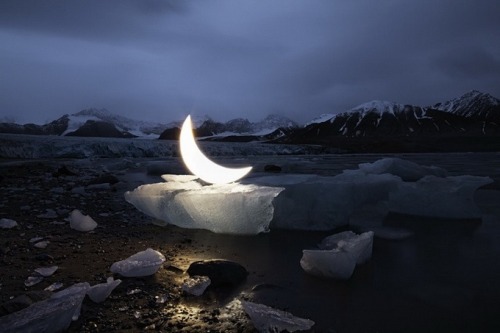
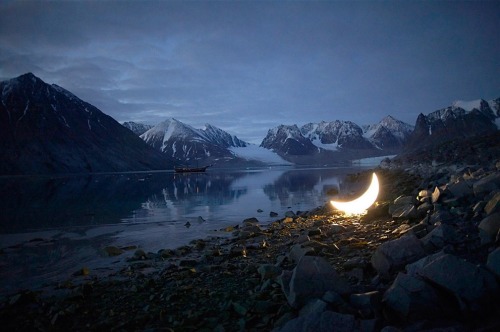
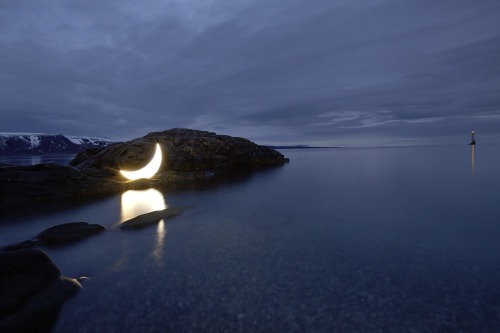

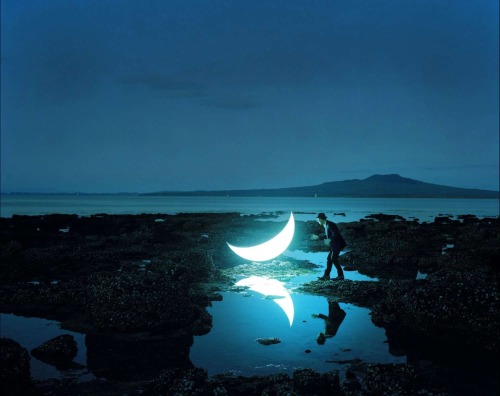

Andromeda Rising over the Alps
-
 formlessprodigy liked this · 1 year ago
formlessprodigy liked this · 1 year ago -
 widening-skies liked this · 5 years ago
widening-skies liked this · 5 years ago -
 royallylazy reblogged this · 5 years ago
royallylazy reblogged this · 5 years ago -
 royallylazy liked this · 5 years ago
royallylazy liked this · 5 years ago -
 deskman608 liked this · 6 years ago
deskman608 liked this · 6 years ago -
 ksaysrelaxxx liked this · 6 years ago
ksaysrelaxxx liked this · 6 years ago -
 atomicuntz liked this · 7 years ago
atomicuntz liked this · 7 years ago -
 tturbulence reblogged this · 8 years ago
tturbulence reblogged this · 8 years ago -
 tturbulence liked this · 8 years ago
tturbulence liked this · 8 years ago -
 mireliambar liked this · 8 years ago
mireliambar liked this · 8 years ago -
 futsin reblogged this · 8 years ago
futsin reblogged this · 8 years ago -
 number-one-jew liked this · 8 years ago
number-one-jew liked this · 8 years ago -
 girlsdidthat-blog liked this · 8 years ago
girlsdidthat-blog liked this · 8 years ago -
 wthrvnes liked this · 8 years ago
wthrvnes liked this · 8 years ago -
 mikallow liked this · 8 years ago
mikallow liked this · 8 years ago -
 greeneyesandsunshine liked this · 8 years ago
greeneyesandsunshine liked this · 8 years ago -
 fanoffandom liked this · 8 years ago
fanoffandom liked this · 8 years ago -
 wallsandsound reblogged this · 8 years ago
wallsandsound reblogged this · 8 years ago -
 just-ann-now liked this · 8 years ago
just-ann-now liked this · 8 years ago -
 futsin liked this · 8 years ago
futsin liked this · 8 years ago -
 lenny-kosnowski reblogged this · 8 years ago
lenny-kosnowski reblogged this · 8 years ago -
 lenny-kosnowski liked this · 8 years ago
lenny-kosnowski liked this · 8 years ago -
 dasseinhundin liked this · 8 years ago
dasseinhundin liked this · 8 years ago -
 atthelamppost reblogged this · 8 years ago
atthelamppost reblogged this · 8 years ago -
 geekgirlsarereal reblogged this · 8 years ago
geekgirlsarereal reblogged this · 8 years ago -
 geekgirlsarereal liked this · 8 years ago
geekgirlsarereal liked this · 8 years ago -
 dec-embers-blog liked this · 8 years ago
dec-embers-blog liked this · 8 years ago -
 madeleinecookeactor-blog liked this · 8 years ago
madeleinecookeactor-blog liked this · 8 years ago -
 futuristicallyshydreamer reblogged this · 8 years ago
futuristicallyshydreamer reblogged this · 8 years ago -
 theloveliestvoid reblogged this · 8 years ago
theloveliestvoid reblogged this · 8 years ago -
 mcbruce liked this · 8 years ago
mcbruce liked this · 8 years ago -
 thatsokiknowimright liked this · 8 years ago
thatsokiknowimright liked this · 8 years ago -
 fireinthehob reblogged this · 8 years ago
fireinthehob reblogged this · 8 years ago -
 missingmersay reblogged this · 8 years ago
missingmersay reblogged this · 8 years ago
"I don't know who will read this. I guess someone will find it eventually. Maybe in a hundred years or so." -Mark Watney
174 posts
